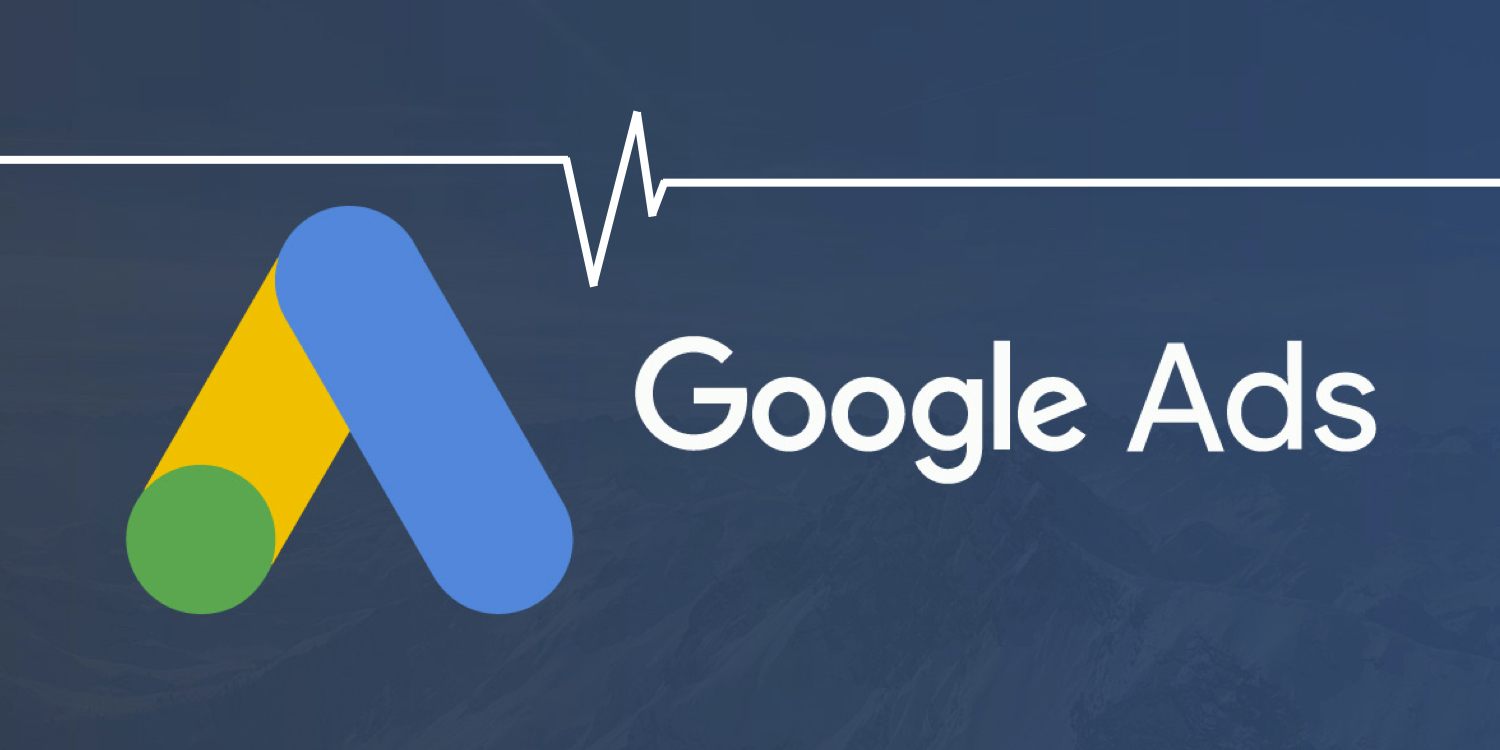Are you a needle in a haystack? When it comes to local online searches for reverse mortgages, you may be.
Continue readingAre Google Ads Dead?
Without audience targeting are Google Ads Dead? Think again…
Early this month Google announced new restrictions for targeting specific audiences. The restrictions apply to content related to housing, employment, credit, and those who are disproportionately affected by societal biases. The news of these restrictions created quite a stir among industry brokers and lenders who heavily rely upon targeted Google ad campaigns. All which may have you asking if these changes will kill future reverse mortgage advertising on the world’s most popular search engine. In just a moment we’ll hear from our online SEO expert Josh Johnson to find out.
[read more]
Google’s restrictions are not necessarily novel nor unexpected. It was just over two years ago Facebook faced scrutiny from federal regulators for allowing those offering credit or housing finance to restrict ad audiences by race or religion among other questionable metrics that would violate HUD’s fair housing rules. An investigation by ProPublica broke this news in October 2016. It was nearly two years later in August 2018 that HUD filed a formal complaint against the social media giant for discriminatory advertising practices. Seven months after HUD’s complaint Facebook announced sweeping changes. Both Facebook and later Google, took a blunt approach much to the chagrin of lenders and service providers.
What ad filters are going away? In its official release Google revealed, “credit products or services can no longer be targeted to audiences based on gender, age, parental status, marital status, or ZIP code.”
Is this the end of Google ads for reverse mortgages? To answer that question I reached out to Josh Johnson who heads up Reverse Focus’ Online Dominance SEO program and Google marketing. Here’s his explanation.
Here’s what makes Google unique from other platforms and why reverse mortgage Google ads will continue to reach the intended audience.
To summarize, older homeowners are intentionally seeking out reverse mortgage information on Google which means, yes-your ads will be seen by your target audience, even though you can no longer target specific age groups.




[/read]
Your Local Online Business Presence
Establishing The Local Presence Of Your Reverse Mortgage Business Online
Wouldn’t it be great if prospective reverse mortgage borrowers would seek you out? Well they may just be doing that, and you may be missing out.
Google Places

In this day and age we all know that “Google” is widely accepted as a legitimate verb… at some point we have either told someone to, or had someone tell us to “Google it”. So when a potential borrower is considering a reverse mortgage, one of the first things they will likely do is “Google it” in the hopes of finding information on a trustworthy and well established reverse mortgage lender in their area.
The question is… will they find you? Have you established your Google Places listing? These listings are the first results to appear in Google searches related to local businesses. They are what you see in the map results, and what a large number of people use when seeking out a business in their area.
Why are the Google Places results so appealing to “searchers”?
- This is obvious, but they are the top. People want the information they are seeking as quickly as possible.
- They immediately provide people with contact information – phone number, location, directions.
- They lead people to your website. A Google Places listing has the option to add a link to your business website, so even if your business website is not on page 1 in Google, this map listing that is at the top of the results will lead them directly to your website where they can gather more information about you.
- They can include reviews. People can learn about the reputation of your business, which often gives them that extra motivation to make that call to you.
- They provide an established third party summary of your business. A business must verify to establish it’s Google Places listing, so it gives people an extra bit of comfort that you are who you say you are.
- Also, these listings can include images, summaries, categories, links, and give people an overall picture of your business.

Establishing Your Google Places Listing
As daunting as internet marketing can be, getting yourself listed in Google Places is something you can do yourself.
- Create Your Account – First you need to create your Google Places account.
- Follow The Prompts – Once you have created your account, you will be guided through a series of steps that take you through the process of establishing your listing.
- Locate Or Create Your Listing – You will be asked to search for your business. If your listing exists, you will be asked to verify it right away. If it is not yet established, you will be asked to create the listing, and then verify it.
- Verification – You will be given the option to verify by phone or by post card. The phone verification is immediate, but you must be able to accept a call at that moment at the phone number of your place of business that will be on the listing. The verification post cards come within 2 weeks of you prompting a request for one, but some people prefer these if the phone verification is difficult – for example, if your business has an automated phone system, the automated Google verification call cannot get through it, so you will need to select the post card option.
- Develop Your Listing – Once your listing is created and you have verified it, you will be able to edit it and add information, categories, and images. Adding these items is important to give your listing credibility and to attract interest.
Maintaining Your Google Places Listing
Once your listing is established, it will serve as a significant part of your local business presence in Google and online in general.
- Keep Your Information Current – It will be important to always make sure your listing has your current contact info, website address, etc., as this will be a highly visible representation of your business. People calling the wrong number or looking for your business at an outdated address could turn them off to working with you. Keeping the information current establishes reliability.
- Respond To Reviews – You cannot control the reviews people will leave you but you can take time to respond – to positive and negative reviews. If reviews are positive, thank people for their kind words and for using your services. Other searchers will view this as you having a good rapport with your clients. If there are negative reviews, take the high road and leave a cordial response. Apologize for their negative experience and offer the person the option to contact you to discuss their issue more. This often shifts the negativity off of your business because people see that you are concerned about your service, and that you are willing to work with people.
- Encourage Positive Reviews – Whether it be through your website, Facebook page, or in person, encourage your happy clients to leave you reviews on Google. When a list of results comes up, those positive reviews can be the difference between someone choosing your business over another listing right next to it.
Taking this small step today can have long term positive benefits for your business, so establish your listing, and when people are told to “Google it” for a great reverse mortgage business in your area, they’ll be likely to find you!



